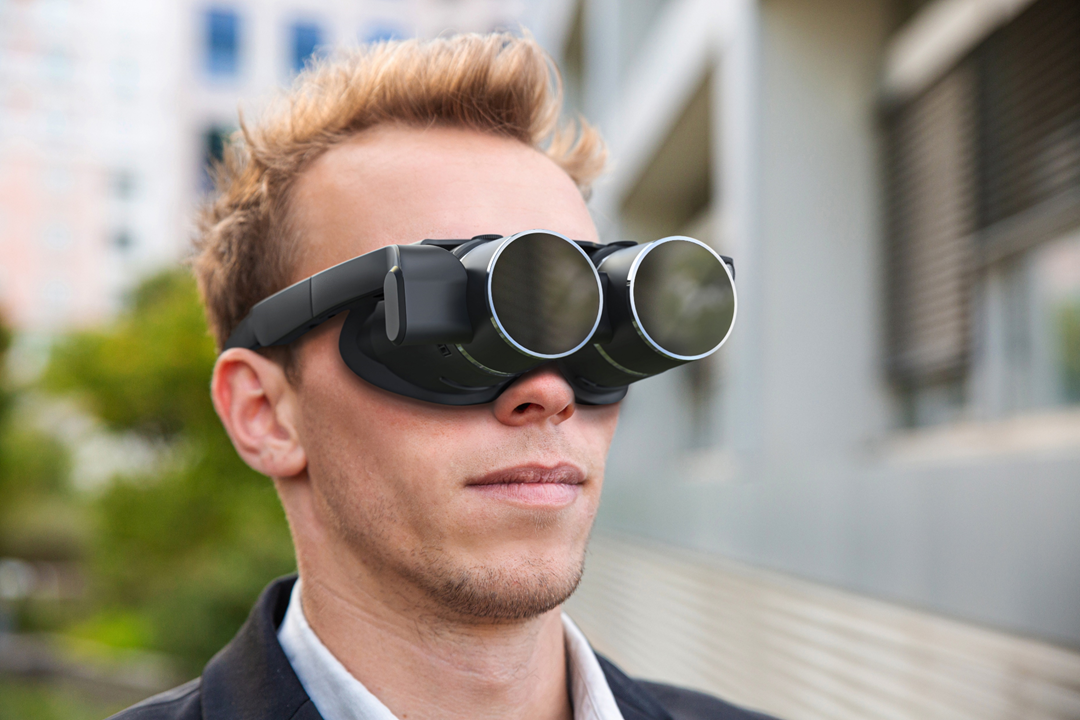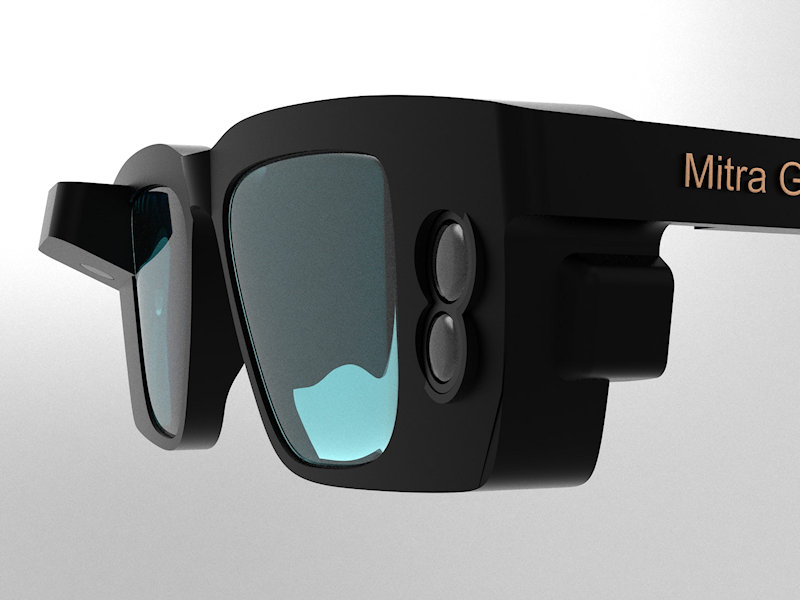Voice-Activated Assistive Devices: Empowering the Visually Impaired Through Innovation
Wiki Article
Discover Advanced Assistive Devices for People With Visual Impairments
The landscape of assistive technology for individuals with aesthetic impairments is evolving swiftly, presenting a range of innovative gadgets that boost freedom and involvement. From smart glasses that effortlessly combine aesthetic input with acoustic advice to advanced navigating applications that redefine spatial awareness, these devices are improving opportunities.Smart Glasses Innovations
Smart glasses stand for a substantial improvement in assistive modern technology for individuals with aesthetic impairments. Geared up with sensing units and video cameras, wise glasses can capture real-time visual info, which is after that processed and communicated to the individual through audio responses or haptic sensations.
Moreover, improvements in expert system have actually better enhanced the capacities of clever glasses. Artificial intelligence algorithms can identify faces, read text, and determine things, making them indispensable tools for day-to-day tasks. Individuals can obtain auditory hints that give context concerning their setting, fostering independence and self-confidence.
Furthermore, the ergonomic style and lightweight nature of many clever glasses make them ideal for extended use, making certain convenience while improving performance. As these gadgets remain to evolve, they hold the potential to reinvent the way people with visual impairments experience their daily lives, bridging the space in between ease of access and innovation. The ongoing research study and growth in this field guarantee to increase the opportunities for wise glasses, making them an essential element of modern assistive tools.
Navigating Application and Devices
Numerous navigating apps and tools have emerged as essential sources for people with visual problems, significantly improving their capacity to pass through unfamiliar settings. These modern technologies take advantage of general practitioner functionality, audio cues, and real-time information to provide users with accurate navigation support.One prominent example is the Aira application, which attaches individuals to trained representatives who can supply visual summaries of environments and navigating guidance with a live video clip feed. This service boosts the user's spatial recognition and confidence while browsing. Another remarkable tool is Seeing Eye GPS, which supplies voice-guided navigation and factors of interest, allowing customers to access essential info regarding their environments.

As modern technology remains to advance, the advancement of a lot more advanced navigating devices guarantees to more empower people with aesthetic problems, facilitating smooth wheelchair and integration into varied settings. Such advancements contribute in promoting an extra comprehensive culture.
Braille Modern Technology Developments
In recent times, advancements in Braille modern technology have actually significantly transformed just how people with aesthetic impairments accessibility information and involve with the world around them. The growth of portable Braille displays has actually changed webpage reading by permitting individuals to connect wirelessly to computer systems, smartphones, and tablet computers. These tools transform text into Braille in real-time, allowing seamless interaction with digital content.
Moreover, cutting-edge Braille printers have actually emerged, improving the production of tactile products. Modern embossers are faster and a lot more efficient, permitting the rapid development of Braille files and academic materials. This effectiveness minimizes the time and expense connected with creating Braille sources, making them a lot more obtainable to institutions and companies.
In addition, the integration of Braille with various other technologies, such as artificial knowledge and artificial intelligence, has actually opened new avenues for customized understanding experiences. Voice recognition and synthesis modern technologies can complement Braille, providing an inclusive approach to details circulation.
As the demand for comprehensive education and learning and office environments expands, these technological advancements play a critical function in equipping people with visual problems, ensuring they have equal access to information and opportunities in different facets of life.
Wearable Devices for Freedom
A growing selection of wearable devices is enhancing independence for people with visual impairments, offering ingenious services that enhance navigation and everyday living. Braille displays and notetakers. These gadgets make use of sophisticated technologies to offer real-time feedback and assistance, promoting autonomy in various atmospheres
Wearable innovation likewise consists of smartwatches that can be set with accessibility functions, making it possible for users to receive notifications, track their locations, or perhaps require support with the touch of a button. Additionally, some tools integrate expert system to assess the setting, offering sound summaries of neighboring things or individuals.
Voice-Activated Assistive Solutions
Leveraging voice-activated assistive remedies has actually changed the landscape of assistance for people with aesthetic problems, giving hands-free interaction and access to a selection of jobs. These innovations use natural language processing and expert system to enable customers to execute daily activities through simple voice commands.
In addition, recent advancements in voice acknowledgment precision have boosted the individual experience substantially, fitting varied accents and speech patterns. This inclusivity guarantees that even more individuals can take advantage of these modern technologies, promoting a greater sense of freedom.
Verdict
In final thought, the growth of innovative assistive tools significantly enhances the independence and lifestyle for people with visual disabilities. Technologies such as clever glasses, navigation applications, Braille technology, wearable devices, and voice-activated remedies jointly foster a more inclusive atmosphere. These innovations encourage users to navigate their surroundings with self-confidence and involve more totally with the globe, ultimately advertising better availability and equivalent opportunities for individuals dealing with aesthetic obstacles.The landscape of assistive modern technology for people with visual disabilities is progressing quickly, providing an array of cutting-edge devices that improve freedom and interaction.Smart glasses represent a significant advancement in assistive innovation for people with visual impairments. As these devices continue to advance, they hold the prospective to reinvent the means people with visual impairments experience their everyday lives, connecting the gap between availability and innovation.In recent years, developments in Braille technology have dramatically changed exactly how people with aesthetic disabilities access details and engage with the world around them. These modern technologies encourage customers to navigate their surroundings with self-confidence and engage even more completely with the globe, ultimately promoting greater accessibility and equivalent chances for people dealing with visual obstacles.
Report this wiki page